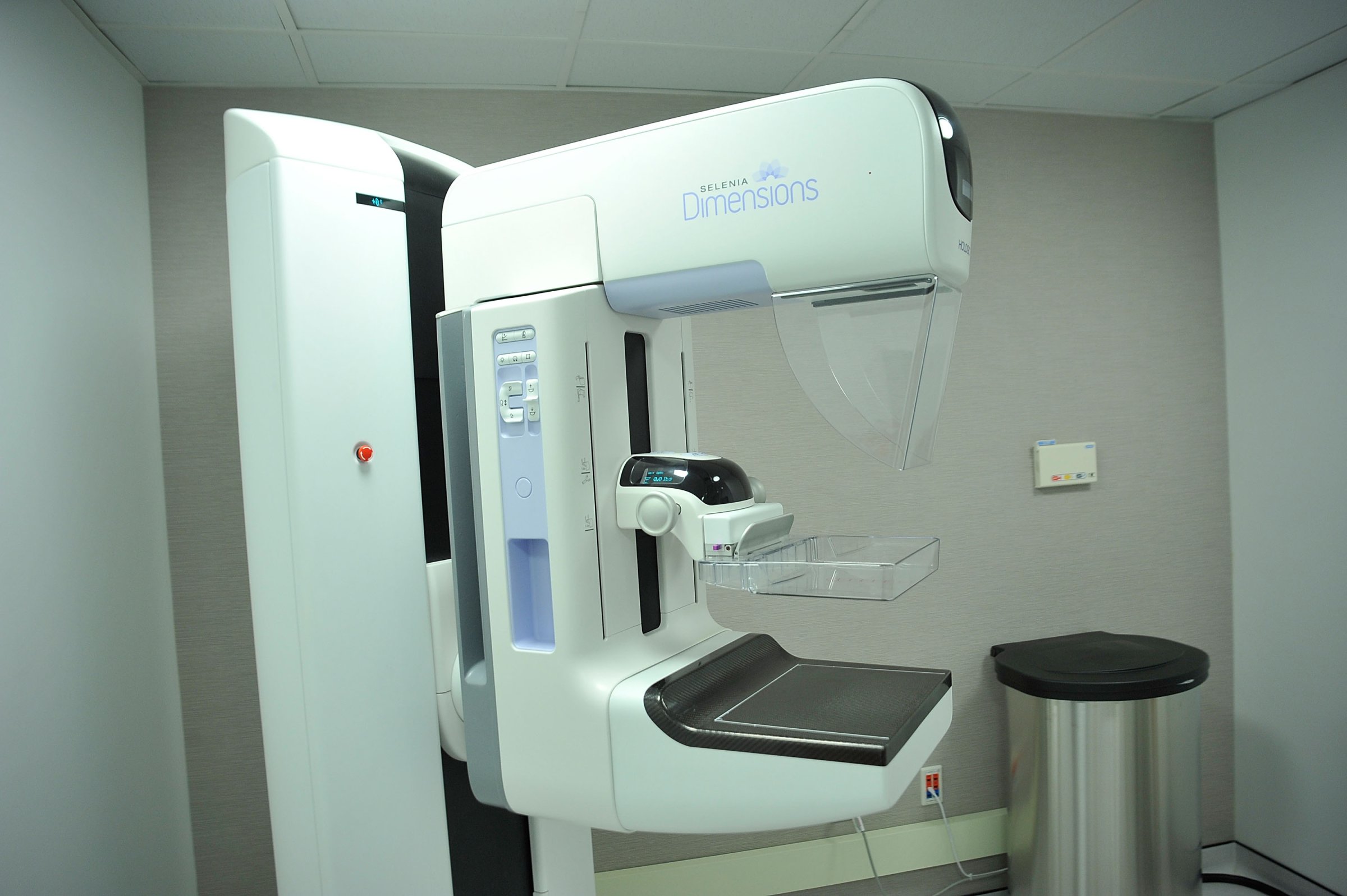
More hospitals are offering women the latest technology in mammography: machines that can recreate breast tissue in 3D to help doctors better detect the earliest cancers. But it’s still not clear whether these screens, which cost more than digital mammograms, are worth the money.
In a study published in the journal Radiology, researchers led by Dr. Christoph Lee at the University of Washington found that for women with dense breasts, who often need repeat mammograms, adding on 3D screening—called tomosynthesis—to a traditional digital mammogram actually costs less in the long run.
MORE: High-Tech 3D Mammograms Probably Saved This Woman’s Life
Women with dense breasts are at moderate to high risk of developing breast cancer because of the volume of breast cells in their tissue, and Lee’s team created a model for these patients to compare the cost effectiveness of digital mammography every other year to digital mammography with 3D screening every other year. Using data from the National Cancer Institute’s Breast Cancer Surveillance Consortium, the researchers calculated breast cancer rates and deaths using both screening methods, and found that for every 2,000 women with dense tissue who were screened, the 3D and digital test avoided one additional death from breast cancer compared to the digital mammography alone.
Just as importantly, says Lee, the model predicted that the two screening methods together averted 810 false positive readings. Fewer false positives means that women won’t get as many repeat scans and will be less likely to have biopsies and other procedures to learn more about any suspicious growths.
“The savings represented by 810 fewer false positives are a huge savings in anxiety, diagnostic workup and resource utilization in the health care system,” says Lee. “The decrease in false positives is what is driving cost effectiveness and showing that the benefits of adding tomosynthesis outweigh the added costs of the technology.”
The findings support a study published earlier this year that showed for the first time that 3D mammography detected more cancers, while reducing the false positive rate in a broader group of women even without dense breast tissue.
More Must-Reads from TIME
- Cybersecurity Experts Are Sounding the Alarm on DOGE
- Meet the 2025 Women of the Year
- The Harsh Truth About Disability Inclusion
- Why Do More Young Adults Have Cancer?
- Colman Domingo Leads With Radical Love
- How to Get Better at Doing Things Alone
- Michelle Zauner Stares Down the Darkness
Contact us at letters@time.com